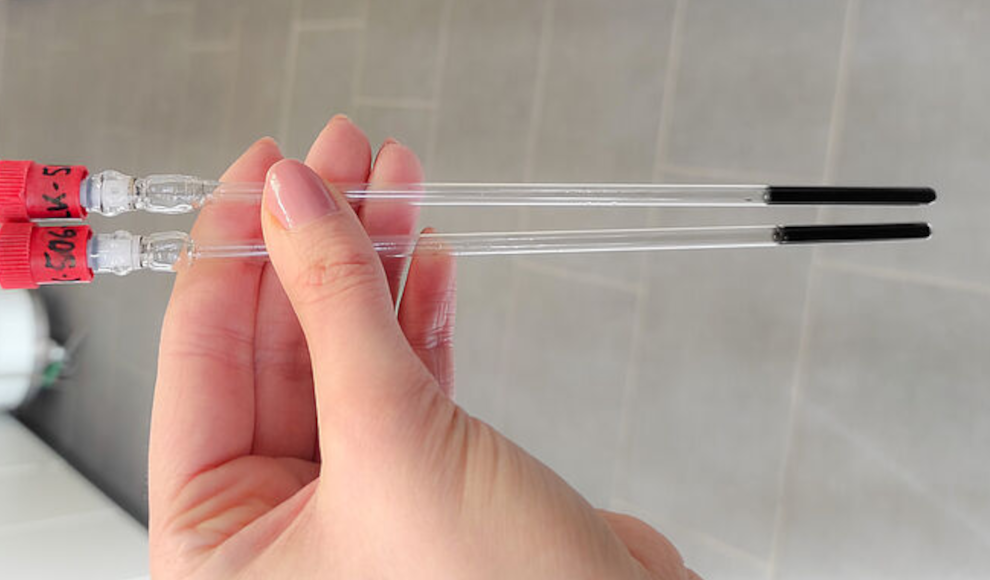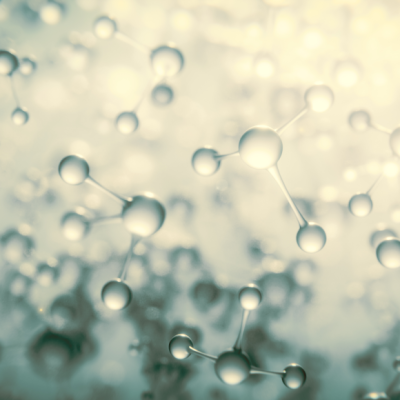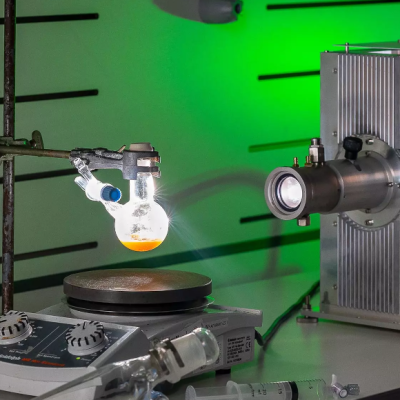A new group of highly reactive Lewis superacids has been discovered that can break even strong chemical bonds. This acid could potentially be used to convert organic pollutants into usable chemical raw materials. When atoms give away or share some of their outer electrons with a bonding partner, chemical bonds are formed. The strength of these bonds determines the stability of a molecule and affects how quickly it breaks down in the environment. Strong bonds also make it difficult to synthesize new substances in chemistry. To accelerate reactions, chemists often use Lewis acids, which are highly reactive acids that can break stable bonds by taking electron pairs from other molecules. The strongest Lewis acid is antimony pentafluoride, but there are also phosphorus and boron-containing Lewis superacids that are even more aggressive.
According to Jan Paradies from the University of Paderborn, chemistry requires highly reactive acids for the synthesis of certain substances. “For strong bonds, you need very reactive reagents, substances that react extremely readily.” However, because Lewis superacids are so highly reactive, they are difficult to synthesize and isolate. In a recent publication in the journal Angewandte Chemie, researchers from the University of Paderborn were able to create a new group of highly reactive Lewis superacids using an electrochemical method. These new Lewis superacids are based on a complex molecule made of boron and form positively charged cations with extremely high reactivity in the presence of weak silver salts.
The new Lewis superacids are so reactive that they can break even stable carbon-fluorine or sulfur-fluorine bonds, making them useful for breaking down fluorinated hydrocarbons, which are pollutants that are difficult to break down in nature. Additionally, these new Lewis superacids can convert climate-damaging gases like sulfur hexafluoride into usable chemicals. The discovery of these new Lewis superacids could have significant implications for the field of chemistry and environmental science.










